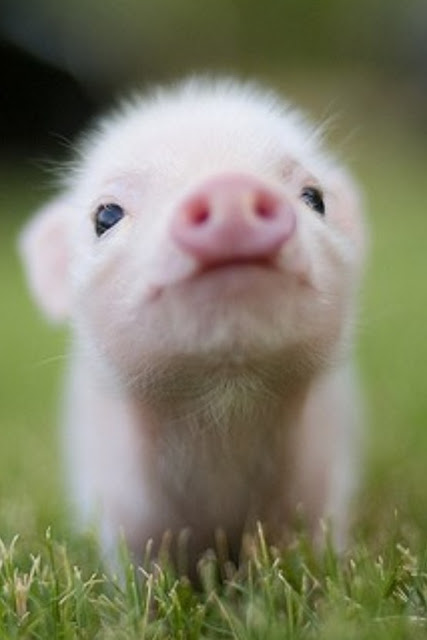
Cute Studies
Avant le 15 avril 2014 - East Asian Journal of Popular Culture
A special issue of the East Asian Journal of Popular Culture
Cuteness has a global reach : it is an affective response ; an
aesthetic category ; a performative act of self-expression ; and an
immensely popular form of consumption. This themed issue of the East
Asian Journal of Popular Culture is intended to launch the new,
interdisciplinary, transnational academic field of Cute Studies.
Cute culture, a nineteenth century development in Europe and
the US, with an earlier expression in Edo-era Japan, has flourished in
East Asia since the 1970s, and around the world from the turn of the
new millennium. This special issue seeks papers that engage with a
wide variety of both the forms that express cute culture, and the
platforms upon which its articulation depends. Thus, the field of Cute
Studies casts a wide net, analyzing not only consumers of cute
commodities, but also those who seek to enact, represent, or reference
cuteness through personal presentation or behavior. Since these groups
intermingle, cute culture may be seen as a type of fan community, in
which the line between consumers and producers is continually
renegotiated. Cute Studies also encompasses critical analyses of the
creative works produced by practitioners such as artists, designers,
and performers, as well as the circumstances that determine the
production and dissemination of these works.
Defined as juvenile features that cause an affective reaction,
somatic cuteness follows the Kindchenschema set down by Konrad Lorenz
(1943), and supported by later research : namely, large head and small,
round body ; short extremities ; big eyes ; small nose and mouth. Whether
genetic, or activated by learned signals, the cuteness response is
also associated with a range of behavioral aspects, including :
childlike, dependent, gentle, intimate, clumsy, and nonthreatening.
Such physical and behavioral features trigger an attachment based on
the desire to protect and take care of the cute object. This
deterministic nature of the cute affective register is highly
pertinent to humanities scholars in the way it is expressed through
categories of difference such as gender, race, or class. Furthermore,
the difference in status between the subject affected by cuteness, and
the harmless cute object, denotes a power differential with important
political and ideological implications. The appeal contained within
cuteness seeks to establish a reciprocal relationship of
nurturing/being nurtured, and the subject who responds to this appeal
faces very different ethical obligations depending on whether the cute
object is a thing, an animal, or a human being.
Possible topics for papers include the following (Note : a
specific focus on the geographical region of East Asia is not required
of submissions) :
Cute Cultures of East Asia
Cute Commodities and Consumers of Cute : Structure vs. Agency Cuteness
and Gender The Science of Cute Cute Histories Practitioners of Cute
Cuteness and Race Queering Cute Cuteness and Disability The Cuteness
of Animals/Zoomorphic Cute The Dark Side of Cute (the grotesque,
violence, pedophilia, etc.) Digital Cute (social media, memes, etc.)
The deadline for submissions to this special issue of EAJPC is : 15 April, 2014
Please submit papers to : CuteStudies@gmail.com
Fichiers de syndication :
Statistiques :
Le site contient 4383 articles
